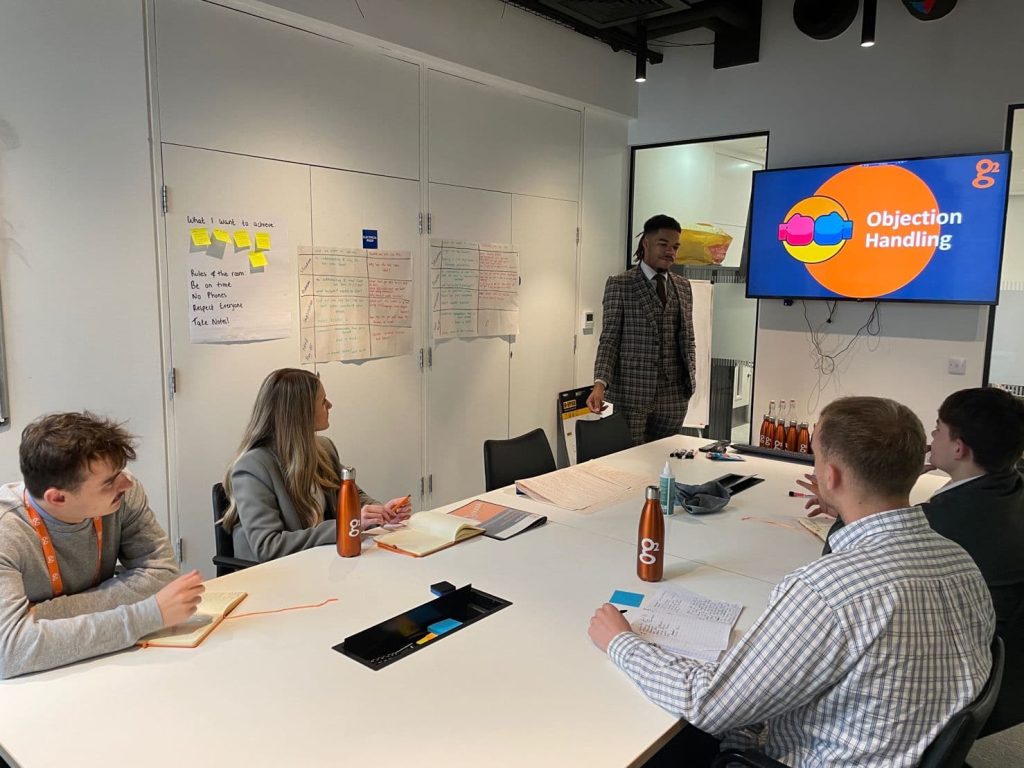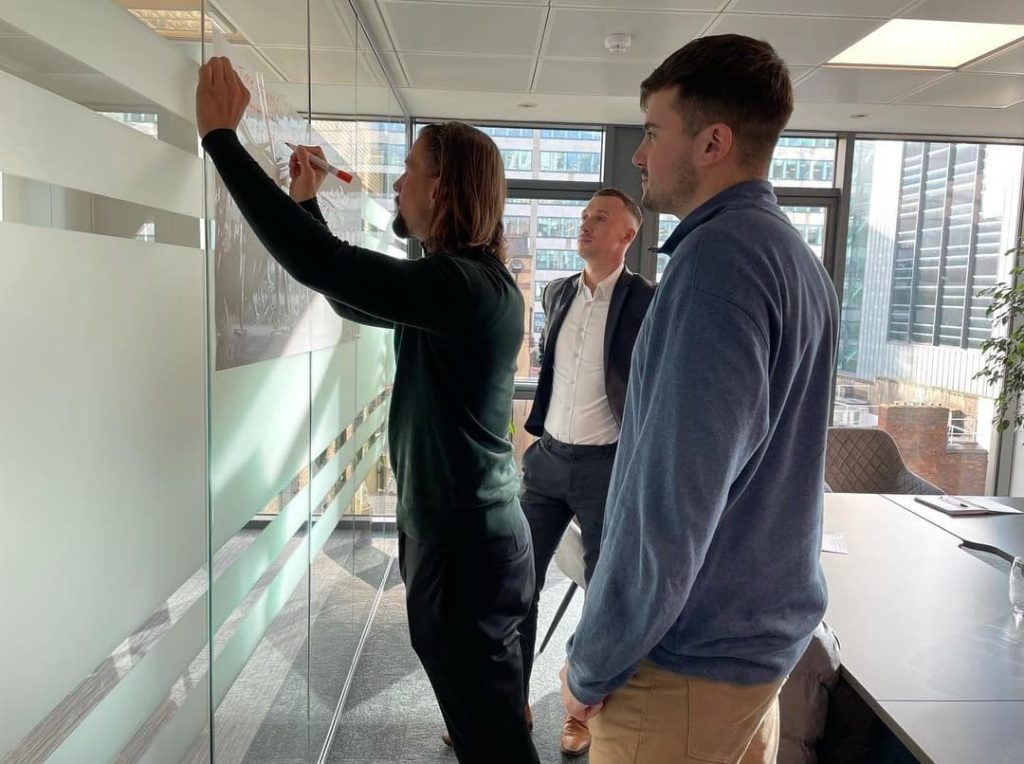LinkedIn may seem like a very intimidating platform at first glance.
The platform is filled with professionals who are extremely accomplished and use a lot of formal language that you may have never used in practice before.
You may feel a lot of pressure as you constantly compare yourself to others, and feel that you are not doing or achieving enough, leading to imposter syndrome.
“Simply engaging with LinkedIn, reading your feed or posting an achievement yourself, can make you feel like imposter”, says Ben Marder, Senior Lecturer in Marketing, University of Edinburgh. Does LinkedIn cause imposter syndrome? – University of Edinburgh Business School
However, we all have to start our career journey somewhere. LinkedIn is an excellent resource to connect with people in your desired industry and expose you to many career opportunities. Many of our consultants and Operations staff here at g2 have found their roles through LinkedIn, straight from school or university, so there is always light at the end of the tunnel.
- Optimise your profile
To get the best out of your experience on LinkedIn, you must optimise your profile.
First impressions matter, so your profile should be clean and refined. This shows any potential employers that you have put effort into curating your page, setting you above others who may be in the same position as you. One of the first things a connection sees is your profile photo, so you should pick one that is professional and appropriate.
Further, crafting a compelling About section will give you a more personable tone, which may not be portrayed in other sections of your profile. Showing a potential employer your personality may help them to understand how you would fit into the team, even if you do not have much corporate experience yet.
Both your education and your employment history should be displayed in reverse chronological order. In your education history, you should display it with specific points of the more relevant grades and awards that you may have acquired. You should utilise the extra section to display any extracurriculars you were a part of, broadcasting a range of soft skills to employers.
Similarly, you should emphasise the work experience that has relevance and skills relating to the career path you have chosen. Being so early in your career, it will also be useful to list other roles that you believe less relevant – such as part-time jobs – because they will exemplify soft skills like communication and teamwork.
- Build a strong network
As a graduate, you will probably not have a huge network of industry professionals ready to help you get a job.
You will have to expand your network and try to connect with people who will make your LinkedIn feed strong and targeted.
You should not aim to connect with just anyone, but rather those in your target career field – this will make it much easier to gain valuable insights into the job market and learn from those already embedded in the industry.
Further, building this network with industry professionals may help you gain access into the hidden job market. This will consist of job opportunities that are not publicly advertised on the LinkedIn job section but are instead posted about through people in the industry or specific companies.
You could connect with hiring managers and experts in your desired field, which can help you gain insightful knowledge and expand your opportunities.
- Stay engaged
Using the network that you have built, you can utilise the industry professionals that you have connected with to stay engaged with your target sector.
Actively liking and commenting on individual posts, along with participating in groups and industry discussions, will ensure your algorithm remains focused and aligned with your career goals.
Constant contribution and involvement to relevant discussions will also keep you at the forefront of hiring managers’ minds. By having authentic conversations and interactions with them, you’ll stand out as a real person, rather than just another silent applicant.
You could also build a valuable reputation and credibility from within the industry if you share your own thoughts and insights. Having genuine, enlightening observations on an industry subject will attract similar-minded people and may expose you to more opportunity and connections. You will develop your personal brand and show to potential employers that you enjoy and have a real interest in the industry.
Visibility is memorability, so it’s worth the comment.
- Learn Something New
LinkedIn has many excellent resources that can aid in your learning and development – from accessing industry blogs to participating in reputable courses.
You can achieve a wide range of certifications through LinkedIn that will help you to continuously expand your knowledge and aid you in discovering new perceptions of an industry.
These courses and certificates will help enhance your resume and credibility, as you are professionally validating your skills and knowledge. In turn, this will boost your confidence and bridge the gap between your education and full-time employment.
This knowledge can give you good talking points to reference in an interview, to prove that you have the theoretical knowledge needed for a role and showcase your proactive commitment to learning about the industry.
LinkedIn courses are a more unique way of highlighting to your network that you are a self-driven and motivated individual – exactly the type of person that an employer would want on their team.
- Refine your Search
The final step in getting to know LinkedIn is understanding how to approach your job search strategically.
To make the most of the platform, it’s important to learn how to refine and filter job listings so that you focus only on opportunities within your industry that genuinely interest you and align with your skills and experience.
While mass applying may seem appealing, it’s not an effective long-term strategy. It can lead to wasted time and missed opportunities, especially now that your LinkedIn profile and CV are tailored to attract the types of roles you’re aiming for.
Start by having a clear idea of your desired career path and an honest understanding of your current experience level. For most recent graduates, it’s wise to filter job searches to entry-level roles or internships. This ensures you target positions that are both accessible and valuable for gaining the right experience without aiming too high too soon or overlooking roles that are well within reach.
Understanding these factors will allow you to become proficient at job searching and will lead to a job at the right level for you.
Ultimately, LinkedIn is a professional social networking site. Effectively job hunting on the platform requires a balance of strategic networking, self-promotion and authenticity. If you stay proactive and patient, you will achieve a job role in no time.






